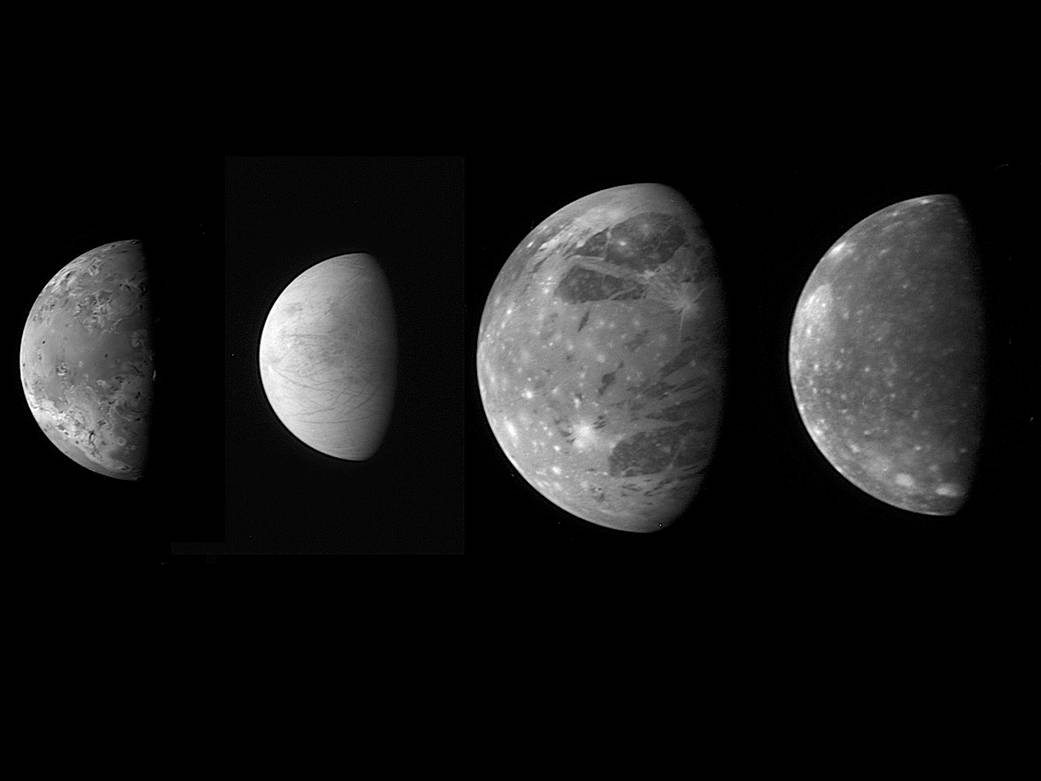- Leter from Dr. Julie Brisset (Principal Investigator of the Arecibo Observatory)13 Sep, 2022
- Arecibo Deputy Principal Scientist to Explore the Cosmos with the JWST02 Sep, 2022
- Letter from the Director22 Aug, 2022
- Piercing through the Clouds of Venus with Arecibo Radar17 Aug, 2022
- Summer greetings from the Facilities and Operations Team!17 Aug, 2022
- Arecibo Observatory at the Small Bodies Assessment Group12 Aug, 2022
- Meet the 2022 Arecibo Observatory REU students!11 Aug, 2022
- Meet Luis R. Rivera Gabriel, Research Intern in the Planetary Radar Group09 Aug, 2022
- Updates from the 2022 CEDAR Workshop in Austin, TX09 Aug, 2022
- Insights into the AAS Conference from AO Analyst Anna McGilvray08 Aug, 2022
- American Astronomical Society’s 240th Meeting: Plenary Lecture Building the Future of Radio Science with the Arecibo Observatory by Dr. Héctor Arce. 28 Jul, 2022
- TRENDS 202227 Jul, 2022
- Advancing IDEA in Planetary Science 27 Jul, 2022
- The Arecibo Observatory: An Engine for Science and Scientists in Puerto Rico and Beyond27 Jul, 2022
- Cryogenic Frontend work for the 12m telescope entering phase II21 Jul, 2022
- Remote Optical Facility Updates20 Jul, 2022
AO radar measurements of Jupiter’s Moons
Byadmin29 June 2020 Planetary

| Planetary |
In the 2030’s, two spacecrafts - NASA’s Europa Clipper and the European Space Agency’s Jupiter Icy Moons Explorer (JUICE) missions - will enter orbit around Jupiter to study the planet’s largest moons. Until then, observations of the Galilean satellites - named for their discoverer - are restricted to observations from Earth.
Precise knowledge of the moons’ orbits around Jupiter is key. In a recent study published in The Astronomical Journal, scientists used radar observations from the Arecibo Observatory spanning 17 years, from 1999 - 2016, to determine the satellites’ positions and motions over time.
“Arecibo is the only facility that can do these types of observations. You need the world’s most powerful radar system to reach all the way to Jupiter,” explained Dr. Marina Brozovic, a radar scientist at the Jet Propulsion Laboratory and lead author of the publication.
“Arecibo is the only facility that can do these types of observations. You need the world’s most powerful radar system to reach all the way to Jupiter,..” - Dr. Marina Brozovic, Radar scientist at NASA's Jet Propulsion Laboratory
“We were able to obtain some very high-precision measurements of the line-of-sight positions of the Galilean satellites. Only a spacecraft can do better,” Dr. Brozovic added. The team also obtained the very first radar images of Jupiter’s volcanic moon, Io.
|
|
The new, precise astrometric measurements of the moons enabled high-precision estimates of their orbits, which were described in the study. Dr. Brozovic elucidated, “We are hoping that this work will lead to a better understanding of the orbital changes that the Galilean satellites experience due to their tidal interaction with Jupiter.” Among the co-authors of the paper are current AO analyst Ms. Luisa Zambrano-Marin and former AO staff Dr. Michael Nolan, Dr. Patrick Taylor, Dr. James Richardson, and Ms. Linda Rodriguez-Ford. |
About Arecibo
The Arecibo Planetary Radar Program is funded by NASA’s Near-Earth Object Observations Program. The Arecibo Observatory is operated by the University of Central Florida (UCF) in partnership with Universidad Ana G. Mendez - Universidad Metropolitana and Yang Enterprises Inc., under a cooperative agreement with the National Science Foundation (NSF).
|
Article written by Dr. Tracy Becker - AO Collaborator / SwRI |
Group Lead for Arecibo Planetary Radar |
For more information about NASA Planetary Defense program please check out the following links:
Keywords: arecibo, observatory, virkki, NASA, radio , lunar, telescope, radio, telescope, Research, NEO, taylor, Brozovic,Moons ,NASA , Jet, Propulsion, Laboratory, Nolan, Richardson, Rodriguez, Ganymede


 Radar image of Jupiter’s largest moon, Ganymede,
obtained at Arecibo Observatory on Jan 31, 2015 with 10.5 km resolution.
Radar image of Jupiter’s largest moon, Ganymede,
obtained at Arecibo Observatory on Jan 31, 2015 with 10.5 km resolution.